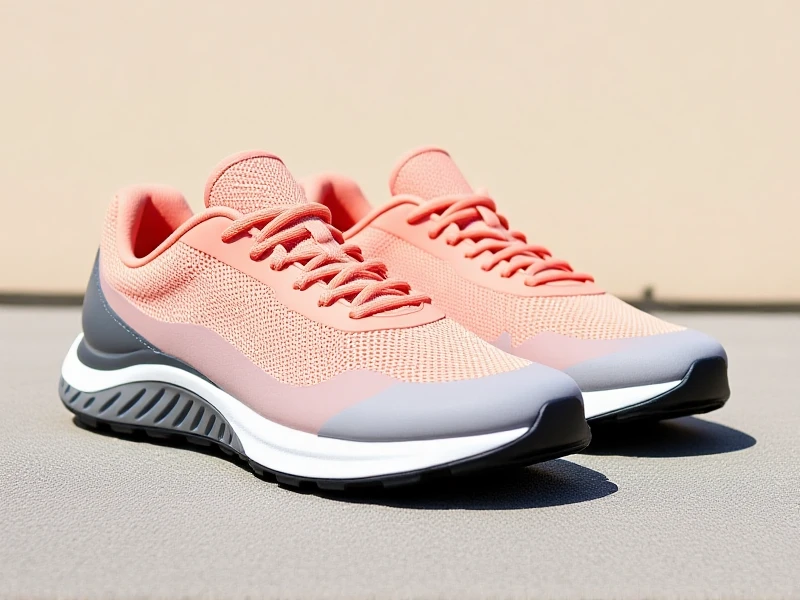
The Ultimate Guide to Selecting Your Perfect Running Shoes
Choosing the right running shoes impacts every stride. Whether you're training for a marathon or jogging weekends, proper footwear prevents injuries and boosts performance. Understanding key factors ensures you find your ideal match for peak running experiences.
Foot Mechanics Determine Your Needs Assess your gait pattern first. Overpronators need stability shoes with medial support, while neutral runners benefit from balanced cushioning. Supinators require maximum shock absorption. Specialty stores often offer gait analysis to match your biomechanics. Don't assume the most expensive model fits best - let your foot's natural movement guide selection.
Terrain Dictates Shoe Design Road-running shoes prioritize lightweight cushioning for pavement impact. Trail variants feature aggressive treads and protective plates against rocks. Hybrid crossover models give versatility but won't excel in extreme conditions. Match your primary environment: asphalt shreds trail treads quickly, while road shoes lack grip on muddy paths.
Tech Innovations for Modern Runners Today's footwear integrates cutting-edge materials. Breathable mesh uppers replace heavy leathers, while engineered knit provides targeted support. Midsoles utilize responsive foams like EVA or TPU that retain bounce longer than traditional compounds. Heel-to-toe drops (measurement differences) range from 0mm minimalist designs to 12mm cushioned platforms - experiment to discover your comfort zone.
Replace running shoes every 300-500 miles as cushioning degrades. Note asymmetrical wear patterns to inform future purchases. Remember: discomfort during test jogs will amplify on long runs. Your perfect pair should feel supportive immediately, requiring minimal break-in period to conquer those miles with confidence.